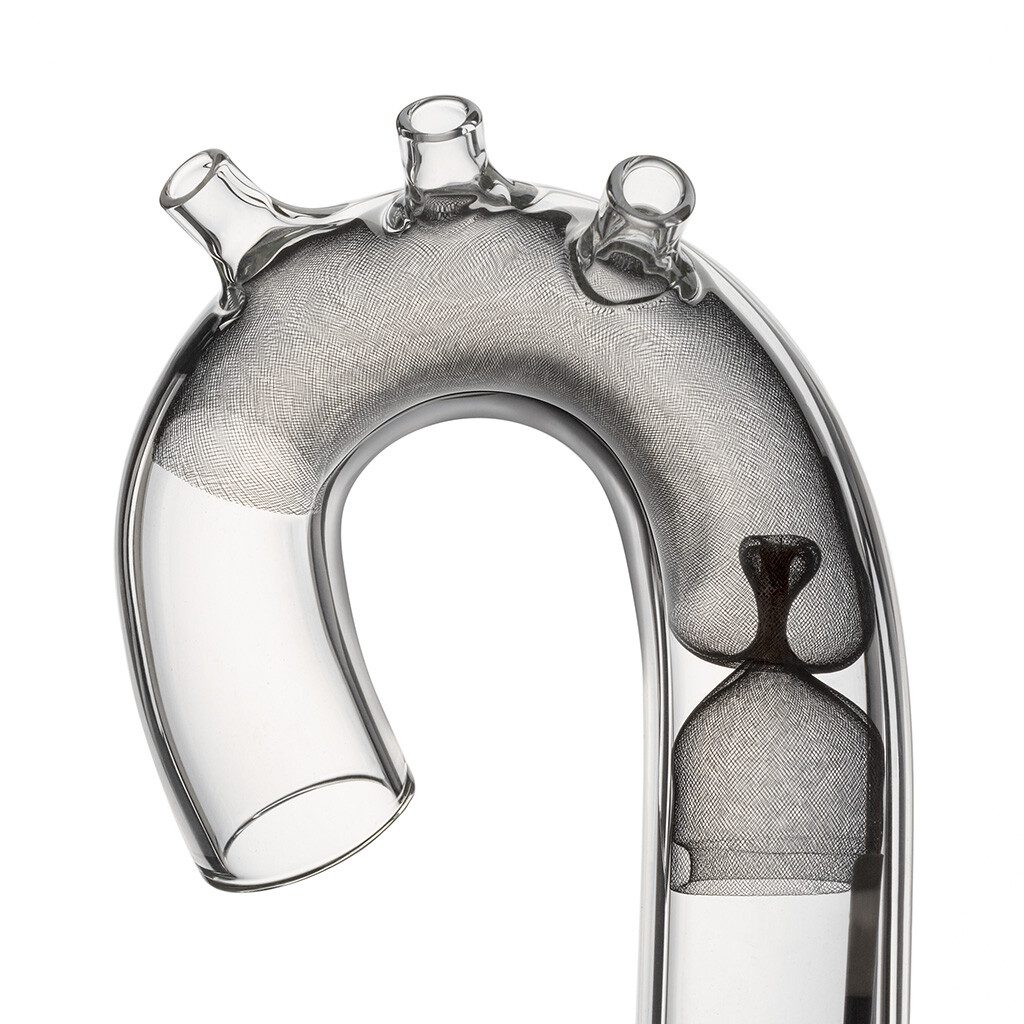January 5, 2021
Emboline, Inc. has completed raising over $10 million in Series C funding, from new and existing investors.
Emboline notes: Minimally-invasive transcatheter aortic valve replacement (TAVR) has undergone exponential growth as lower-risk patients have become eligible for the procedure. However, periprocedural stroke and cognitive decline remain morbidities attributed to debris (emboli) released into the bloodstream during TAVR.
The Emboliner™ is a unique cylindrical nitinol mesh filter with a proximal port to accommodate a TAVR delivery catheter. The device is delivered transfemorally and conforms circumferentially in the aortic arch to accommodate a broad range of patient anatomies.
The Emboliner™ provides protection for all three major cerebral aortic arch vessels as well the descending aorta, which provides blood supply to the kidneys, abdomen and lower body. Unlike partial embolic protection or deflection devices, the Emboliner is designed to capture and remove all debris generated during transcatheter heart procedures.
Emboline recently completed the 3-center, 31-patient SafePass 2 study of the Emboliner™ in New Zealand in which the device met all primary endpoints for safety and technical performance when used during TAVR. The SafePass clinical program provided the first quantitative data on the overall magnitude of procedural debris generated by TAVR, suggesting that all TAVR procedures likely generate clinically-relevant debris. Results were made available at the 2020 TCT-Connect Virtual Conference in October.
“In the SafePass 2 study, we found that the Emboliner works well and is easy to use. The device captured on average 280 particles of a clinically meaningful size (≥150 micron), and 2/3 of the procedures generated at least one particle ≥1 mm,” said Dr. Sanjeevan Pasupati, Cardiologist with Waikato Hospital in Hamilton, New Zealand, and Co-Principal Investigator for the study. “We also found that embolic debris was generated by both balloon-expandable and self-expanding valve types used in the study. In the absence of embolic protection, the chances of a particular TAVR patient having a stroke is simply based on the probability of one of those particles going to a critical location in the brain.”
“While 2020 has certainly been a challenging year for everyone, we are quite pleased with the progress that our team has made, and we especially appreciate the faith our investors continue to place in us,” said Scott Russell, Emboline President and CEO. “We have been pleased with our discussions to date with FDA, and have formally submitted our application for approval to begin our US IDE study in 2021. In addition, we have taken the initial steps toward commercialization outside the US with multiple regulatory filings underway. Moving into the new year, we look forward to both starting our US IDE study and initial commercial launch, both of which we expect to continue to demonstrate the Emboliner’s best-in-class performance.”
